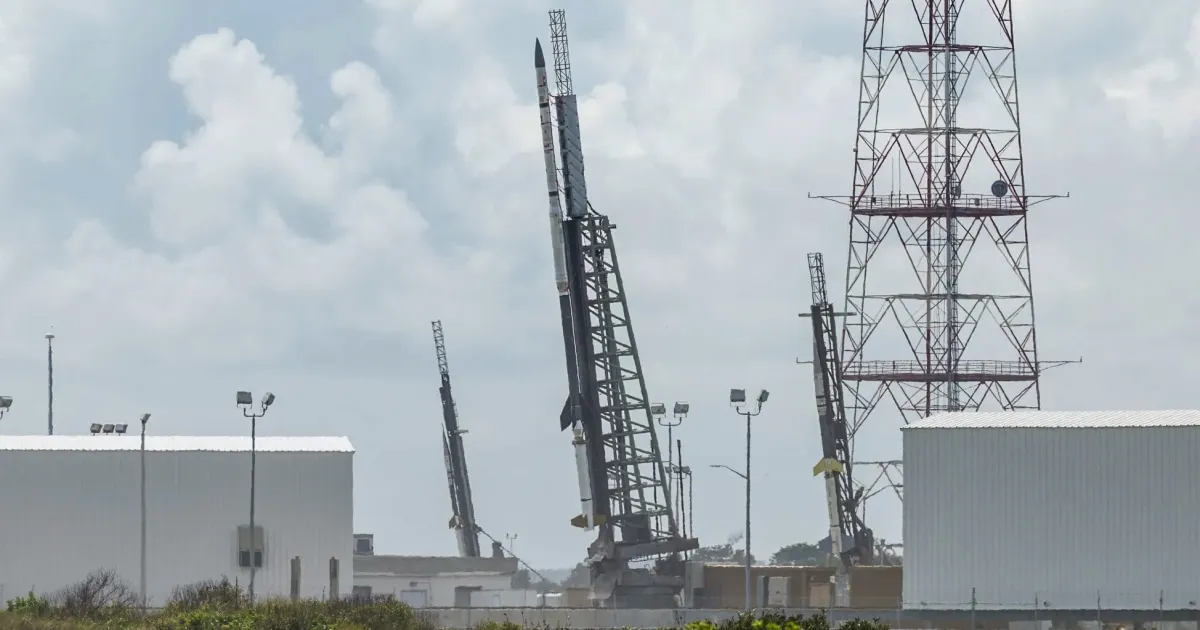
Nasa is preparing for an exciting event as it plans to launch three small rockets into the upper atmosphere late Monday evening. This launch is particularly noteworthy for residents on the East Coast, as they may witness stunning colorful vapor trails shortly after liftoff. These suborbital research rockets, known as sound rockets, will be launched from Nasa’s Wallops Flight Facility located on Wallops Island, Virginia.
Weather permitting, individuals in several mid-Atlantic states, including parts of New Jersey, Delaware, Pennsylvania, Virginia, and North Carolina, could have the chance to catch a glimpse of the rockets' visible vapor trails. The launch window is set to open at 10 p.m. ET and will extend until 3 a.m. ET, providing ample opportunity for interested spectators to witness this remarkable event.
The three rockets are part of the TOMEX+ mission, which stands for Turbulent Oxygen Mixing Experiment Plus. This mission aims to study a critical part of Earth’s atmosphere known as the mesopause, located between 53 miles and 65 miles in altitude. The mesopause is recognized as the coldest layer of the atmosphere, with temperatures plummeting to nearly minus 148 degrees Fahrenheit, according to Nasa.
Scientists are eager to gather more information about this dynamic atmospheric layer, as it serves as a “mixing ground” where weather patterns from the lower atmosphere transfer energy upward into space. This phenomenon fuels turbulence that can significantly increase drag on satellites. However, the mesopause's altitude makes it challenging to study; it's too high for weather balloons yet too low for satellite observation. This is where sound rockets come into play, as they can be launched to specific altitudes to collect valuable data and observations.
The first two TOMEX+ rockets are scheduled to launch within approximately a minute of each other, releasing trails of vapor known as vapor tracers. Following their launch, a third rocket equipped with a laser will emit pulses of light, which will assist researchers in tracking the movement of the vapor tracers. This enables scientists to monitor the dynamics of the upper atmosphere as energy flows through it.
The vapor tracers typically consist of materials such as barium, lithium, and an aluminum compound, which are similar to those used in colorful fireworks. Nasa has assured the public that the small amounts of gas released during the launch are not considered harmful to people or other forms of life on the ground.
Earlier attempts to launch the TOMEX+ rockets were thwarted by the adverse weather conditions caused by Hurricane Erin, which impacted the Atlantic Ocean last week and created high seas in Nasa’s designated rocket recovery area. With this launch on the horizon, all eyes will be on the sky as enthusiasts and scientists alike await the opportunity to witness these fascinating sound rockets in action.